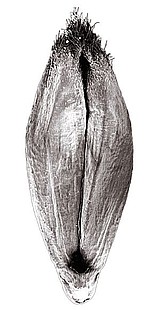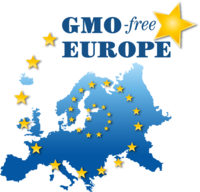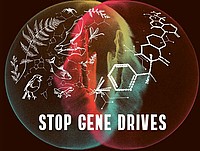Save Out Seeds Nachricht
24.08.2015 | permalink
In Kauai, chemical companies spray 17 times more pesticide per acre

Pesticides in paradise: Hawaii's spike in birth defects puts focus on GM crops
Local doctors are in the eye of a storm swirling for the past three years over whether corn that’s been genetically modified to resist pesticides is a source of prosperity, as companies claim, or of birth defects and illnesses
(.....)
Today, about 90% of industrial GMO corn grown in the US was originally developed in Hawaii, with the island of Kauai hosting the biggest area. The balmy weather yields three crops a year instead of one, allowing the companies to bring a new strain to market in a third of the time.
Once it’s ready, the same fields are used to raise seed corn, which is sent to contract farms on the mainland. It is their output, called by critics a pesticide delivery system, that is sold to the US farmers, along with the pesticides manufactured by the breeder that each strain has been modified to tolerate.
Corn’s uses are as industrial as its cultivation: less than 1% is eaten. About 40% is turned into ethanol for cars, 36% becomes cattle feed, 10% is used by the food industry and the rest is exported.
‘We just want to gather information’





